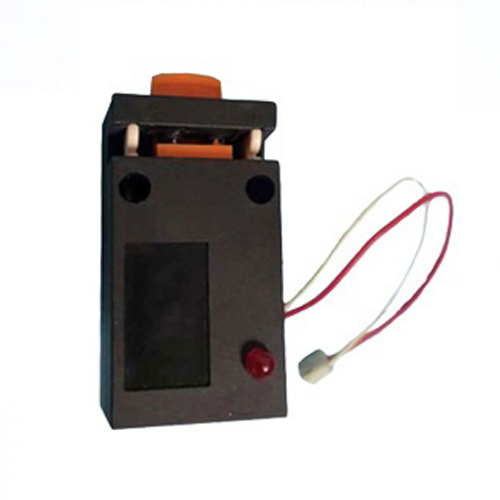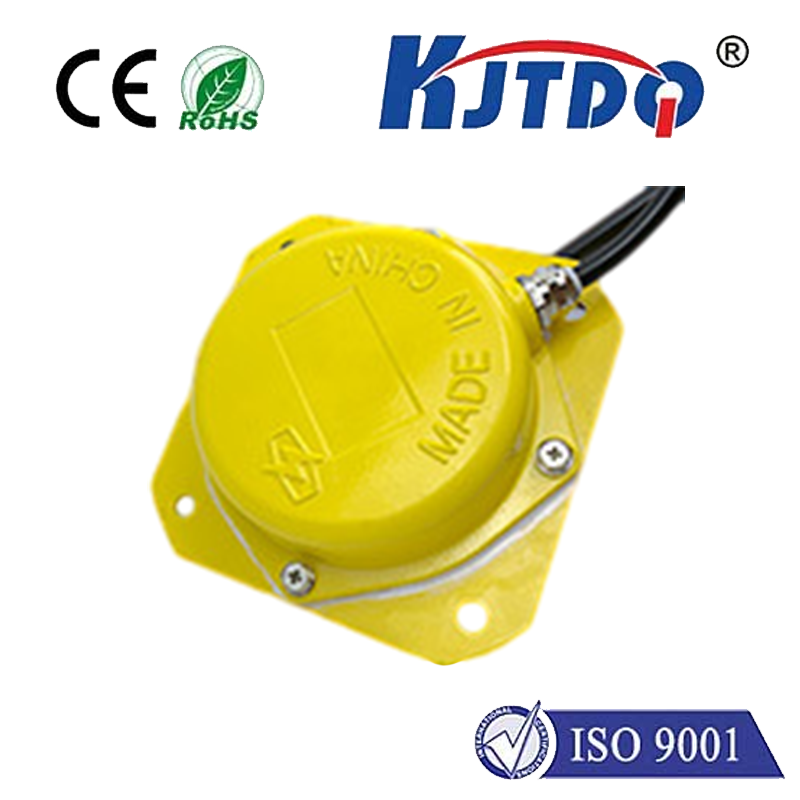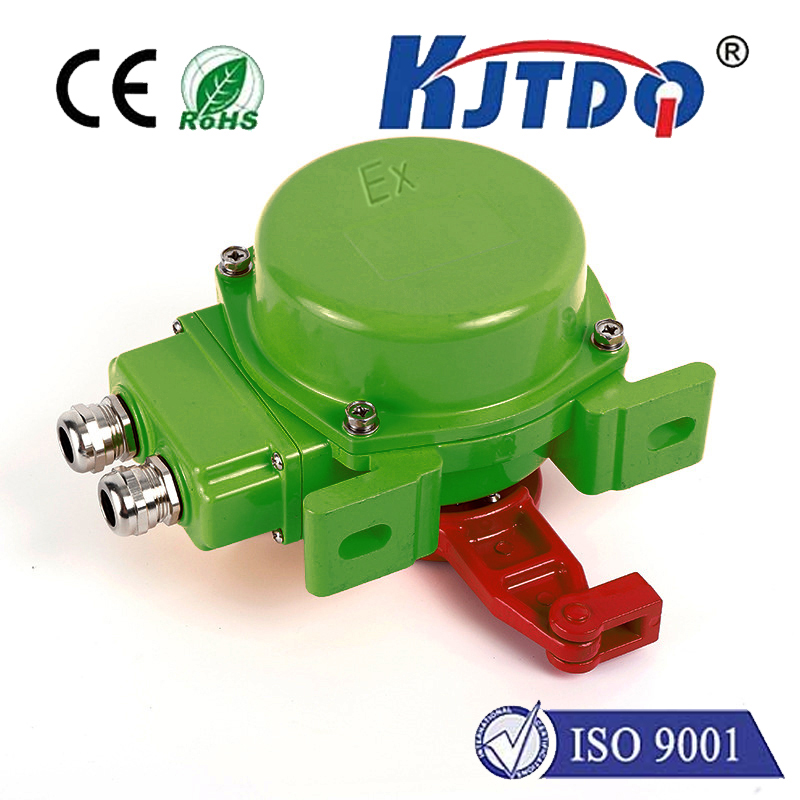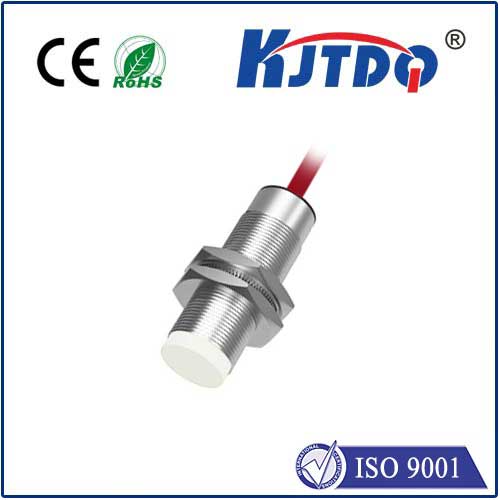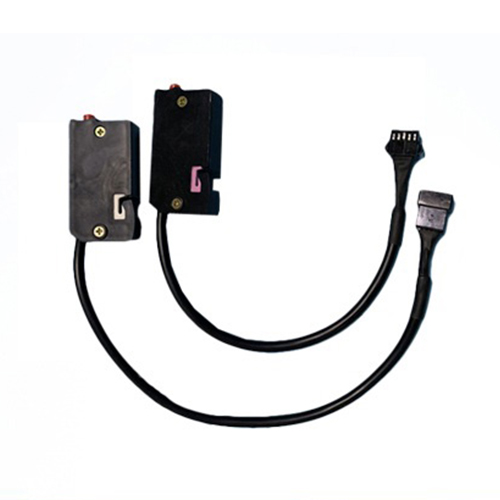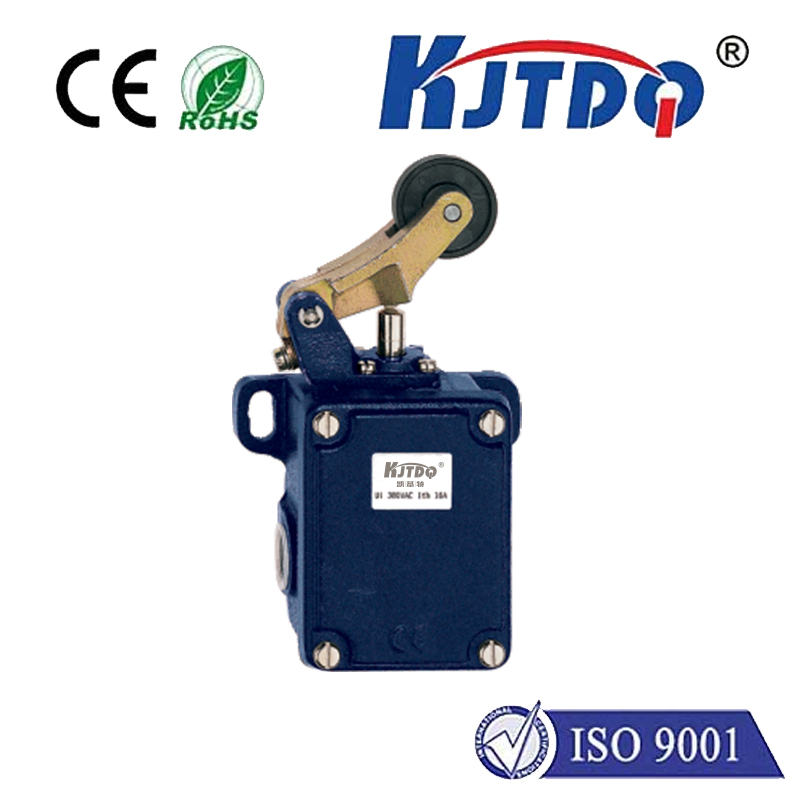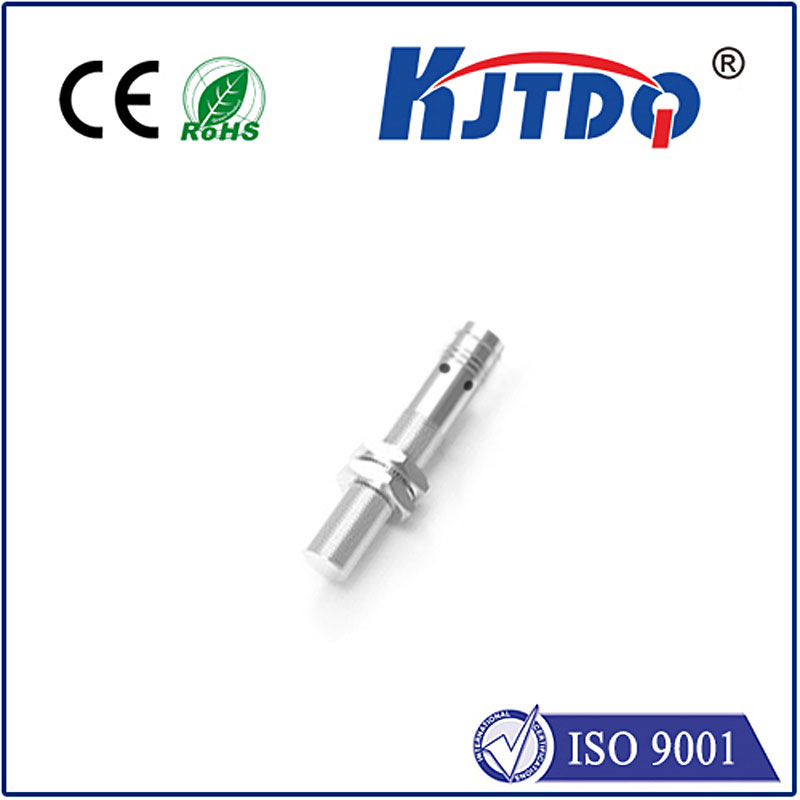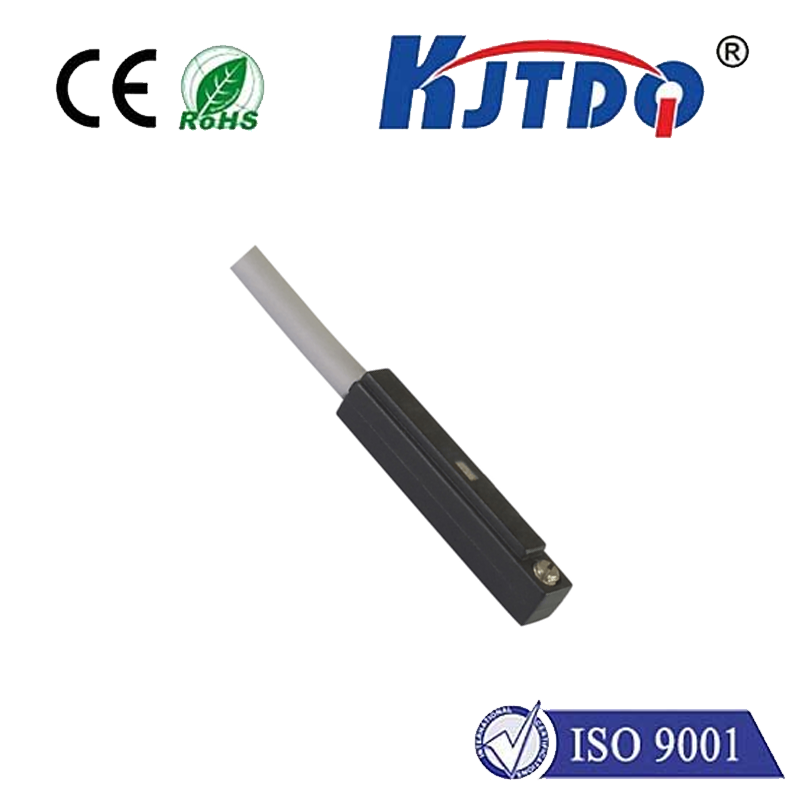

check

check

check

check
In the intricate dance of automated systems, often under harsh skies or splashing waves, a single component failure can bring operations to a standstill. It’s here, where water, dust, vibration, and fluctuating voltages conspire against reliability, that the 12 volt waterproof limit switch proves its indispensable worth. More than just a simple on/off device, this specialized sensor is engineered to deliver precise positional feedback and control in environments where standard switches would quickly succumb. Understanding its function, benefits, and applications is crucial for engineers, technicians, and hobbyists building robust, weather-resistant systems.
What Exactly is a 12 Volt Waterproof Limit Switch?
At its core, a limit switch is a mechanical or proximity sensor designed to detect the presence or absence of an object (its “limit”) and convert that physical event into an electrical signal. The “12 volt” designation refers to its operating voltage, typically 12V DC, which is incredibly common in applications like:
The critical differentiator is “waterproof.” This means the switch is specifically sealed against the ingress of water and often dust. This protection is quantified by an IP (Ingress Protection) rating. For truly waterproof performance in demanding conditions like marine spray, submersion, or high-pressure washdowns, look for ratings like IP67 (Protected against immersion in water up to 1 meter for 30 minutes) or IP68 (Protected against continuous submersion beyond 1 meter, depth specified by the manufacturer). IP65 (Protected against low-pressure water jets from any direction) is also common for less extreme wet environments.

Why is the Waterproof Feature Non-Negotiable in Many Applications?
Imagine a limit switch on a sailboat detecting when a hatch is fully open, on a garbage truck sensing when the compactor ram reaches its end position in pouring rain, or on an automated irrigation gate submerged during a flood. Standard switches in these scenarios are ticking time bombs. Moisture ingress leads to:
A waterproof 12V limit switch mitigates these risks. Its robust construction – featuring sealed housings (often rugged plastics like Nylon or metals like stainless steel), protected terminals, and durable actuators (rollers, levers, plungers) – ensures reliable signaling despite exposure to rain, snow, humidity, salt spray, cleaning fluids, and dust. This durability translates directly into reduced maintenance, longer service life, and enhanced operational safety.
Key Applications Where 12V Waterproof Limit Switches Shine
Their combination of low-voltage operation and environmental toughness makes these switches ubiquitous in numerous sectors:
Selecting the Right 12V Waterproof Limit Switch: Key Considerations
Choosing isn’t just about finding any waterproof 12V switch. Match the switch to the specific demands:
The Undeniable Value Proposition
A 12 volt waterproof limit switch is far more than a simple component; it’s a strategic investment in reliability. By providing accurate position feedback at a low, safe voltage while shrugging off environmental punishment, it ensures your systems operate smoothly, safely, and predictably – rain or shine. Whether you’re automating a boat hatch, safeguarding industrial equipment, or building a resilient outdoor project, choosing the right waterproof limit switch for your 12V system is fundamental to long-term success and reduced headaches. Its resilience in the face of adversity is what makes automation truly robust in the real world.
